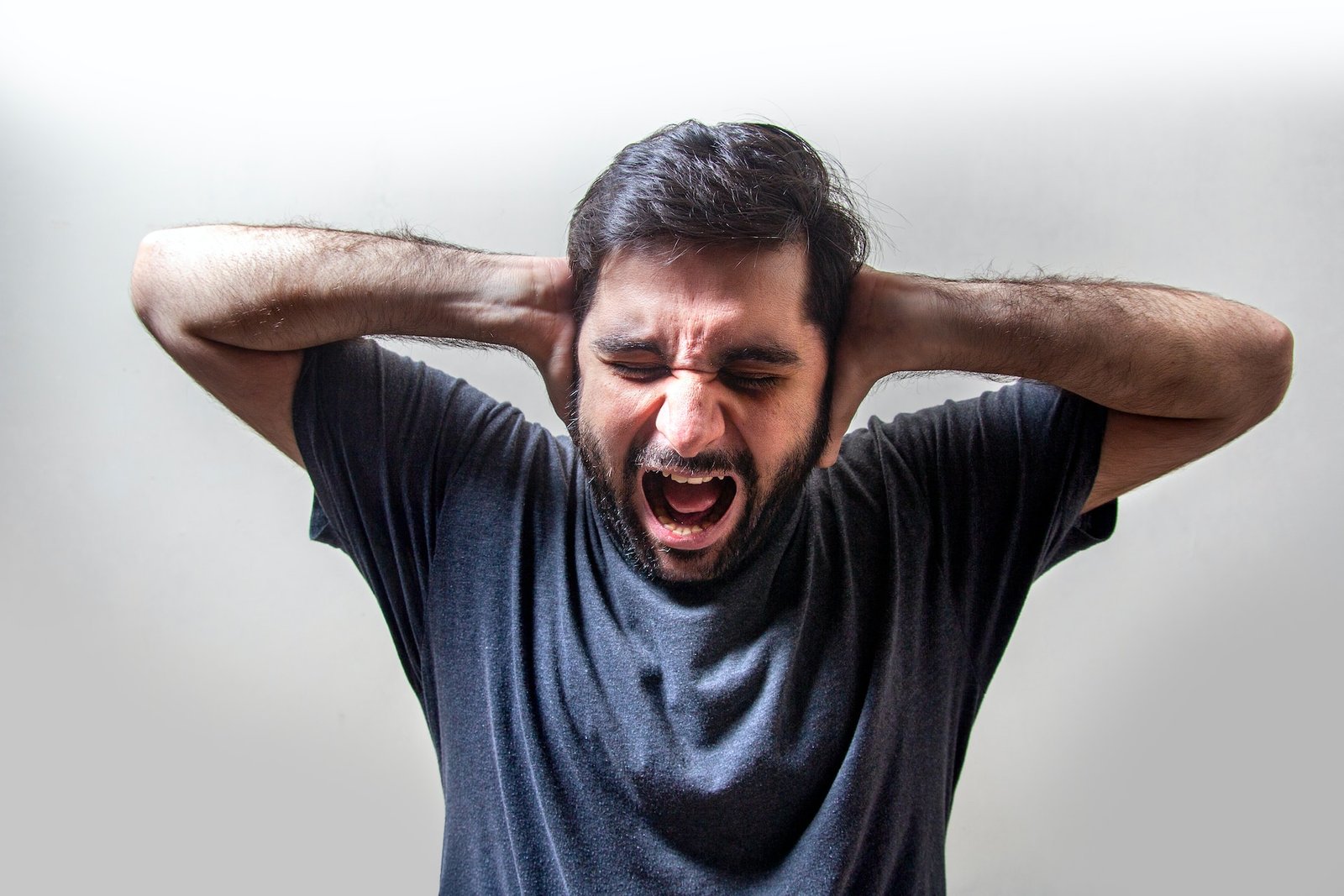Anxiety, fear, and panic
Introduction
Everyone has moments of anxiety or fear. These are normal, even helpful emotions that alert us to danger or motivate us to act. However, for some, these emotions can become debilitating, leading to panic attacks or chronic anxiety. Let’s explore the intricate web of these emotional states, from their symptoms and causes to effective treatments and coping mechanisms.
What Are Anxiety, Fear, and Panic?
Understanding the terminology helps in identifying what you’re experiencing.
Anxiety
A mental state characterized by excessive worry about future events or situations. It can manifest through both emotional and physical symptoms and is often chronic.
Fear
An immediate emotional response triggered by a present threat or danger. Fear is typically short-lived and subsides once the situation is resolved.
Panic
An acute, intense form of fear or anxiety that comes on quickly and reaches its peak within minutes, often without a clear cause. Panic can result in severe physical symptoms and a sense of impending doom.
Physical Symptoms Across the Spectrum
The physical manifestations of these emotional states can be alarming.
- Rapid or irregular heartbeat: Often described as feeling like your heart is pounding out of your chest.
- Dizziness or faintness: These symptoms can be particularly disorienting.
- Sweating and hot flushes: A very uncomfortable experience that can increase the level of distress.
Understanding Anxiety Disorders
Generalized Anxiety Disorder (GAD)
A persistent form of anxiety that infiltrates many aspects of a person’s life, affecting their ability to perform everyday activities.
Symptoms
- Chronic worry
- Physical tension
- Sleep disturbance
Phobias
An intense and irrational fear of a specific object, place, or situation that poses little to no actual threat.
Symptoms
- Extreme avoidance behavior
- Panic attacks when encountering the object of fear
Panic Disorder
Characterized by repeated, unexpected panic attacks along with concern about having another attack and the consequences thereof.
Symptoms
- Recurring panic attacks
- Anticipatory anxiety about another attack
Post-Traumatic Stress Disorder (PTSD)
A severe anxiety disorder that can develop after exposure to a traumatic or life-threatening event.
Symptoms
- Flashbacks
- Nightmares
- Emotional numbness
Natural Remedies for Anxiety and Panic
Mindfulness and Meditation
Regular practice can help you become aware of your thoughts and feelings and make it easier to control your anxiety and fear.
Herbal Treatments
Herbs like Valerian Root and Lavender have shown promise in reducing anxiety. However, consult your healthcare provider before starting any herbal treatments.
Breathing Techniques
Methods like the 4-7-8 breathing technique can be highly effective in reducing symptoms during a panic attack.
Emotional and Mental Signs
- Feeling restless or tense: Often accompanied by an inability to relax or sit still.
- Excessive worry about the past or future: These thoughts can become obsessive and overwhelming.
- Insomnia: Difficulty falling asleep or staying asleep due to intrusive thoughts.
Behavioral Changes
- Avoidance: Steering clear of places, events, or situations that might trigger anxiety or panic.
- Obsessive checking: Like checking the locks multiple times before leaving the house.
Identifying a Panic Attack
During a panic attack, you may experience:
- Sudden overwhelming fear: This is often described as a wave of terror.
- Shortness of breath or hyperventilation: Many people feel as if they can’t catch their breath.
- Nausea or abdominal distress: This can be an unsettling addition to the already distressing symptoms.
Contributing Factors
External Triggers
- Work-related stress: Office politics or job insecurity can be significant stressors.
- Financial worries: The strain of debt or unexpected expenses can create anxiety.
- Health issues: The diagnosis of a medical condition can be an anxiety-inducing event.
Internal Factors
- Biochemical Imbalance: A shortage or imbalance of certain neurotransmitters in the brain can cause or exacerbate anxiety and panic disorders.
Strategies for Coping and Treatment
Talking Therapies
Cognitive Behavioral Therapy (CBT)
This is a talking therapy that can help you manage your problems by changing the way you think and behave.
Medication
Anti-anxiety medications and antidepressants are often prescribed for various anxiety disorders. These medicines should only be considered under the guidance of a healthcare provider.
Lifestyle Changes
- Exercise: Physical activity releases endorphins, which naturally elevate your mood.
- Balanced diet: Eating nutritious foods can have a direct effect on your mental health.
- Adequate Sleep: Lack of sleep can exacerbate anxiety and stress.
Don’ts
- Self-medicate: Avoid using alcohol or recreational drugs to cope.
- Isolate Yourself: Don’t cut yourself off from friends and family; social support is crucial.
How to Help Someone Experiencing Anxiety or Panic
- Be there: Sometimes your presence can be comforting.
- Encourage slow breathing: Help them focus on their breath.
- Avoid asking too many questions: This might increase their level of anxiety.
- Seek medical help if needed: Especially if the symptoms don’t subside or worsen.
Conclusion
While experiencing anxiety, fear, or panic can be profoundly unsettling, understanding these emotional states is the first step in managing them effectively. With a combination of medical treatments, lifestyle changes, and coping strategies, it’s entirely possible to live a fulfilling life despite these challenges.








